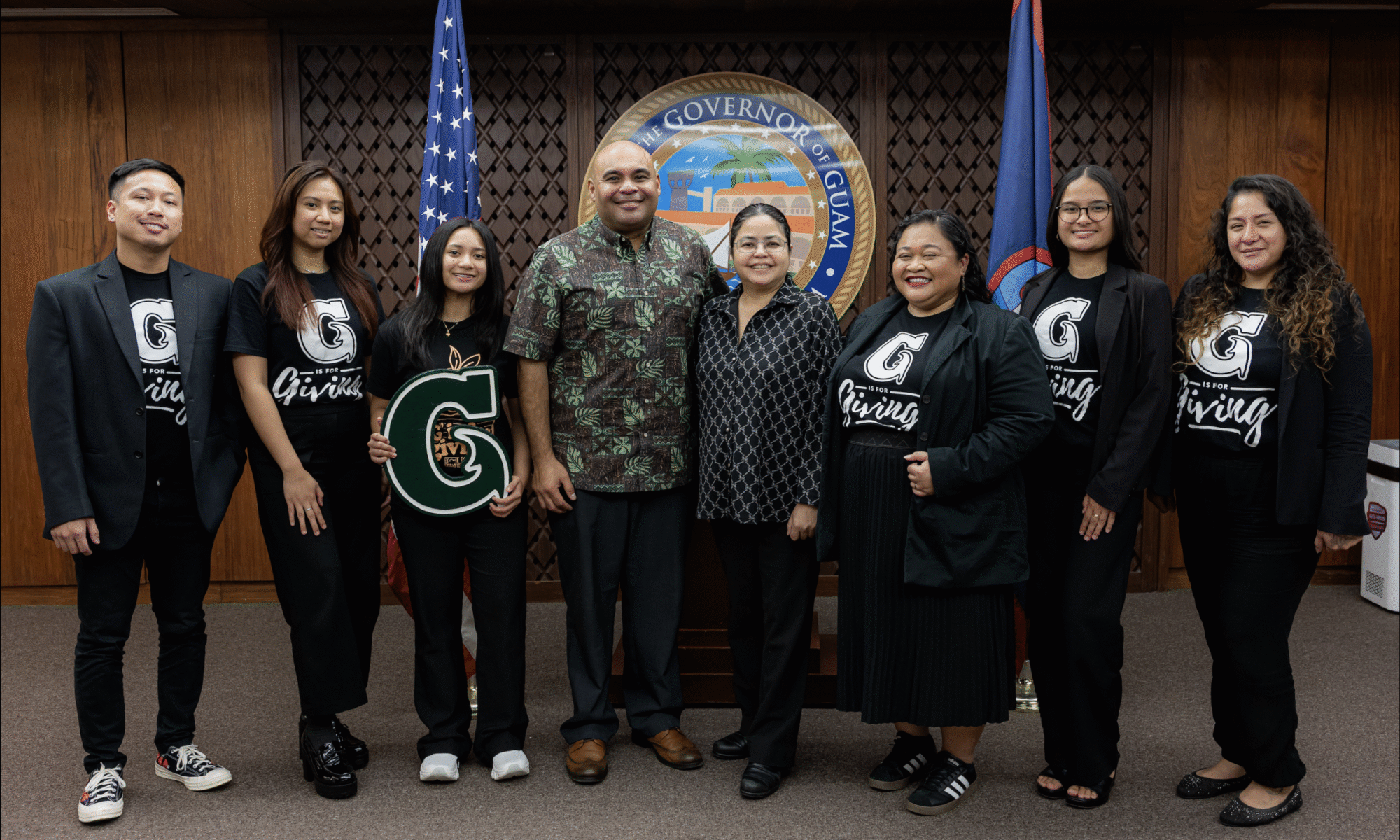
Darlene R. Moore was born in Eugene, Oregon, but moved from Oregon to the U.S. Territory of Guam in 1976, where she resided until her recent death. Almost immediately, Moore went to work at the Territorial Archaeology Laboratory of Department of Parks and Recreation. She was privileged to work on an early excavation at Ypao Beach on Tumon Bay, Guam. Moore was one of the earliest female archaeologists to excavate on Guam and study and work there long enough to make a real contribution to her field.
Moore earned her Bachelor’s degree at University of Guam (UOG) in 1979 and later attended the archaeological field school at University of Utah under Dr. Jesse D. Jennings. Moore worked briefly in Nevada and Utah at that time.
Moore earned her Master’s degree at UOG in 1984. Her major professor was Dr. Hiro Kurashina, and the title of her 1983 MA thesis is “Measuring change in Marianas pottery: The sequence of pottery production at Tarague, Guam.”
With Dr. Michael Graves (now at University of New Mexico), she co-authored the landmark Tumon Bay Report in 1984. Moore continued to work on projects for UOG and others, including Dr. Michael J. McNerney of Southern Illinois University Carbondale, who did an excavation of Fort Soledad, a Spanish fort in southern Guam, in 1984.
In the late 1980’s Moore established her own sole proprietorship named Micronesian Archaeological Research Services (MARS) to do contract archaeology. At the beginning of 1992, the sole proprietorship was converted into a non-profit corporation, MARS, Inc. This was necessary so that individuals within the company could apply for grants. The non-profit corporation was founded and governed by Darlene Moore, Dr. Rosalind Hunter-Anderson, Judith R. Amesbury and Eleanor Wells. When Hunter-Anderson and Wells resigned from MARS Inc. in 2006, Robin Olmo became the new Board member.
Moore was the President of MARS, Inc. for the entire 30 years that the non-profit organization existed (1992-2022). She and her colleagues at MARS did approximately 150 excavations in Guam and the Northern Mariana Islands of Saipan, Tinian, and Rota. She also worked on the Micronesian island of Yap. Moore was most frequently the author or co-author of each technical report.
Her specialty was the pre-contact ceramics of the Chamorro people, the indigenous people of the Mariana Islands. Moore became the world’s foremost expert in that subject. She also studied and wrote about the harvesting and planting of native and introduced plants in the Mariana Islands.
She published scientific papers in various journals and gave presentations at scientific meetings in Guam, the Philippines, Taiwan, Thailand, and Vanuatu. She was closely associated with two archaeologists in Japan, Dr. Osamu Kataoka and Dr. Yamano Kenyojiro. In Guam, she served on the Board of Directors, not only of MARS Inc., but also of Guam Preservation Trust. In 2013, Moore received the Distinguished Alumni Award for the College of Liberal Arts and Social Sciences, University of Guam. When Moore retired at the end of 2021, she was congratulated and given a Resolution by the Guam Legislature commending her for the work she did on Guam.
She is deeply mourned and sorely missed by her family members and by archaeological colleagues in Guam and the Northern Marianas, in other parts of Micronesia, the U.S. and Canada, Spain and Portugal, and Japan.

